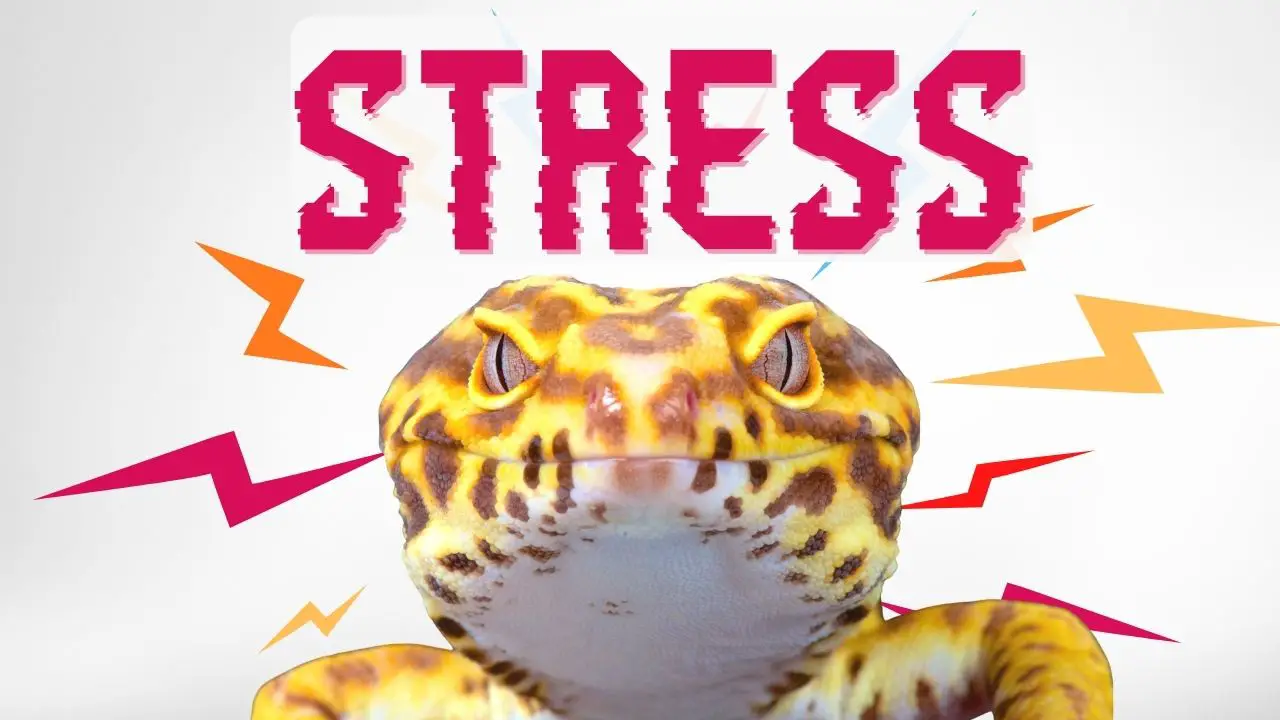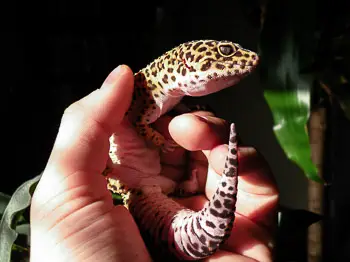
Leopard Gecko Taxonomy
KINGDOM: Animalia
PHYLUM: Chordata
CLASS: Reptilia
ORDER: Squamata
FAMILY: Eublepharidae
GENUS: Eublepharis
SPECIES: Macularius
What’s in a Name?
Scientific Name: Eublepharis Macularius.
The scientific name of the leopard gecko describes two of the species defining characteristics. Translated from Latin “eublepharis” means “good eyelids” and “macularius” means “spotted.”
Family Matters
Geckos are divided into two families: Eublepharidae and Gekkonidae. The main difference is in the eyes and feet. Members of the Eublepharidae family have moveable eyelids and clawed feet, while Gekkonidae lack eyelids and have toe pads for climbing called lamellae.
Leopard geckos belong to the Eublepharidae family, and have the ability to blink and close their eyes. The lack of toe pads limit a leopard gecko’s climbing ability. Leopard Geckos have sharp claws at the end of their tows, though these are for traction and are generally not sharp or strong enough to pierce or break your skin. It may tickle or feel a little prickly as a leopard gecko walks across your skin.
Appearance
Leopard geckos are typically yellow in color with black spots and white underbellies. Younger leopard geckos tend to have more of a striped pattern, which will spread and develop into spots as the gecko gets larger.
Leopard geckos are bred to favor different coloring and features, and can be found in a variety of variations, called morphs.
Leopard Gecko Skin
Some folks associate reptiles as being ‘slimy’, though nothing could be further from the truth with leopard geckos. Their skin is dry, with textured bumps and scales.

Leopard geckos, like most reptiles, shed their skin. As leopard geckos get larger, they actually outgrow their skin. As they prepare to shed, their ‘old’ skin gets white and pale. Eventually it peels away to reveal bright new skin underneath. You can read more about shedding here.
Leopard Gecko Size
Leopard gecko hatchlings are about 3 or 4 inches from nose to the tip of the tail when born. Hatchlings weigh around 2 to 5 grams.
Adult leopard geckos range from 7 to 8 inches size for females and 8 to 10 inches for males. Adult females usually weigh 50 to 70 grams while males weigh in around 60 to 80 grams.
Leopard Gecko Longevity
Leopard geckos have a long lifespan, often living 20 years or more. There are various factors that may affect a leopard gecko’s lifespan, which you can read more about here.
Leopard Geckos in the Wild
Leopard Geckos originally come from the Mid-East and Western Asia. They are native to Afghanistan, Iran Iraq, Pakistan and India, where they live primarily in desert regions or dry grasslands. Most of the leopard geckos bred in captivity originated from these areas of the world.
Leopard geckos are crepuscular by nature, meaning they will spend most of the days in their burrow, coming out to feed primarily during the twilight hours at dusk or dawn. During this time, the desert temperatures are cooler and the fully nocturnal animals are hunkered down. This means less competition for food, and less opportunity to be prey.
Winter temperatures in these regions may drop to around 50 degrees Fahrenheit. Leopard geckos in the wild will sometimes go dormant during the coldest part of the winter, entering a state of hibernation called brumation. Their metabolism will slow down, and they will live off of the fat stored in their tails.
Leopard Geckos in Captivity
Leopard geckos are one of the most common reptiles kept as pets. It is possible that leopard geckos may have been the first geckos to be kept as pets. Leopard geckos have a docile demeanor and are easy to care for, which makes them a favorite among reptile enthusiasts.
Though leopard geckos still thrive in the wild, most leopard geckos available for purchase as pets are bred in captivity. They are readily available in chain stores and privately owned pet shops. There are numerous vendors who breed leopard geckos for unique color combinations and traits.
Since leopard geckos are easy to care for, don’t need complex light rigs, and are fairly small compared to other pets, total cost of ownership is relatively low. You can read more about the pricing of leopard geckos and their needs here.



